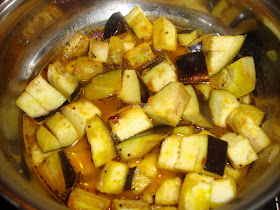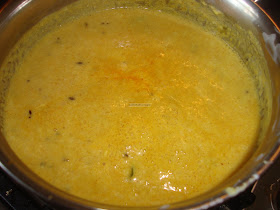Fruity Muffin
If you have a toddler to care for, you will probably appreciate how difficult it is to fill some one up with healthy food. They all have days when they will just about eat everything they see and days when they become so fussy and stick to some flavour of the day. For most toddlers, one thing seems to remain a wee bit consistent – desire to have sweets. That is one of the reasons why they seem to take fruits better than vegetables. When my wee one goes through that spell where there is barely any intake, my brain starts thinking quickly what I can prepare to fill him up, afterall they need the calories to do all the jumping and screaming and playing. Muffins usually go well both with my husband and my wee one. I was inspired by a vegan chocolate cake recipe and was hoping to make it but got lazy and decided on quick muffin. I recently bought the silicone muffin moulds hoping it will help me make low fat muffins. I am usually sceptical about using elements like silicone but because it will not be used regularly I thought I will buy them. I had some blueberries for the cake and used some of it in this muffin and also relied on dry fruits (I soaked couple of prunes, apricots and dates in hot water and ground it) to sweeten it predominantly. It is not very sweet but if you have a sweet tooth, you may want to add couple of more spoons of sugar. It was not just a toddler muffin but even my husband and I quite liked it. Here is how I made them…
1 teaspoon brown sugar
4 tablespoon dry fruit puree
4-5 tablespoon water
3 teaspoon oil
1 banana, mashed
1 pinch of salt
¾ teaspoon baking powder
Handful of blueberries
Mix the flour, sugar, salt and baking powder
































